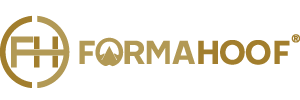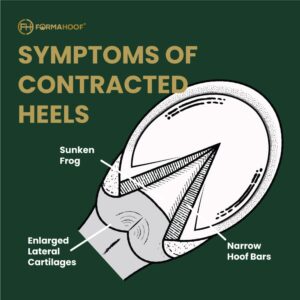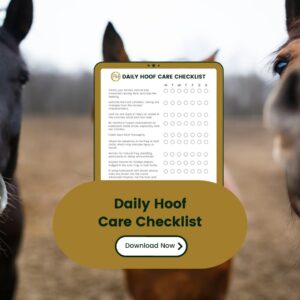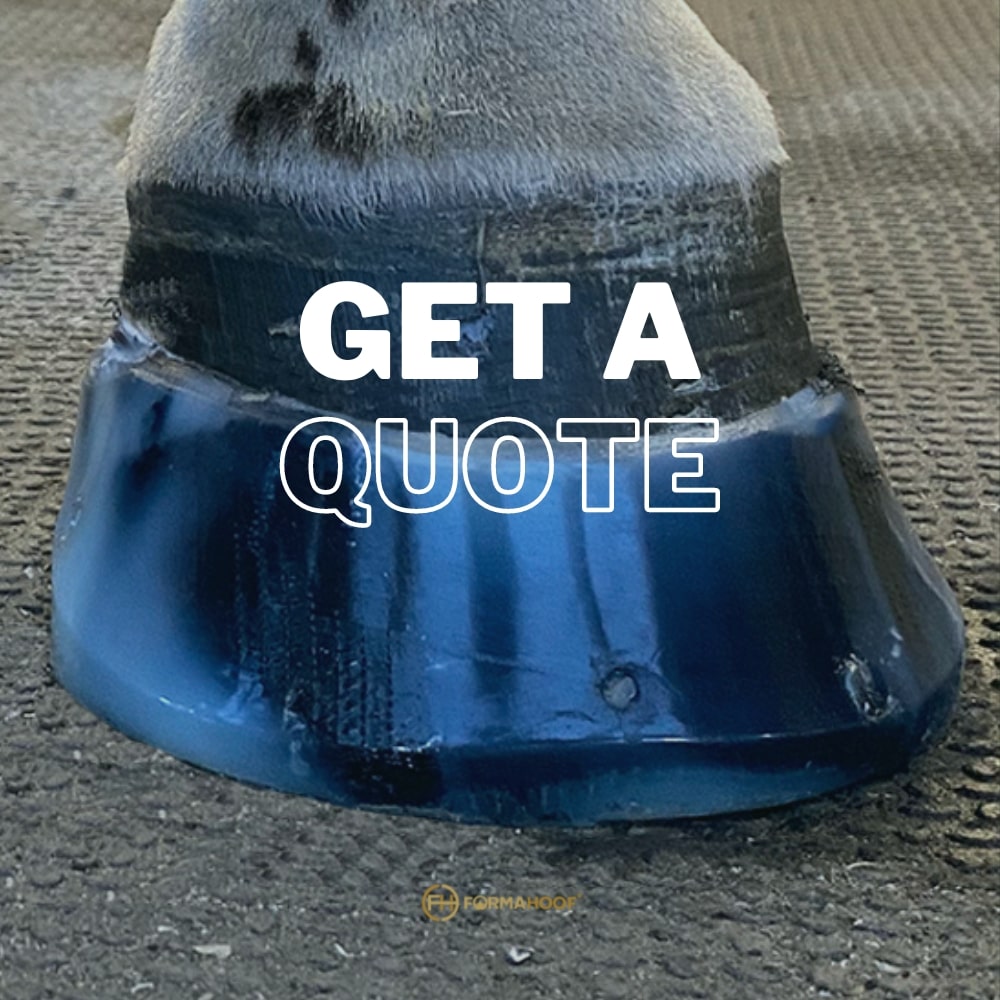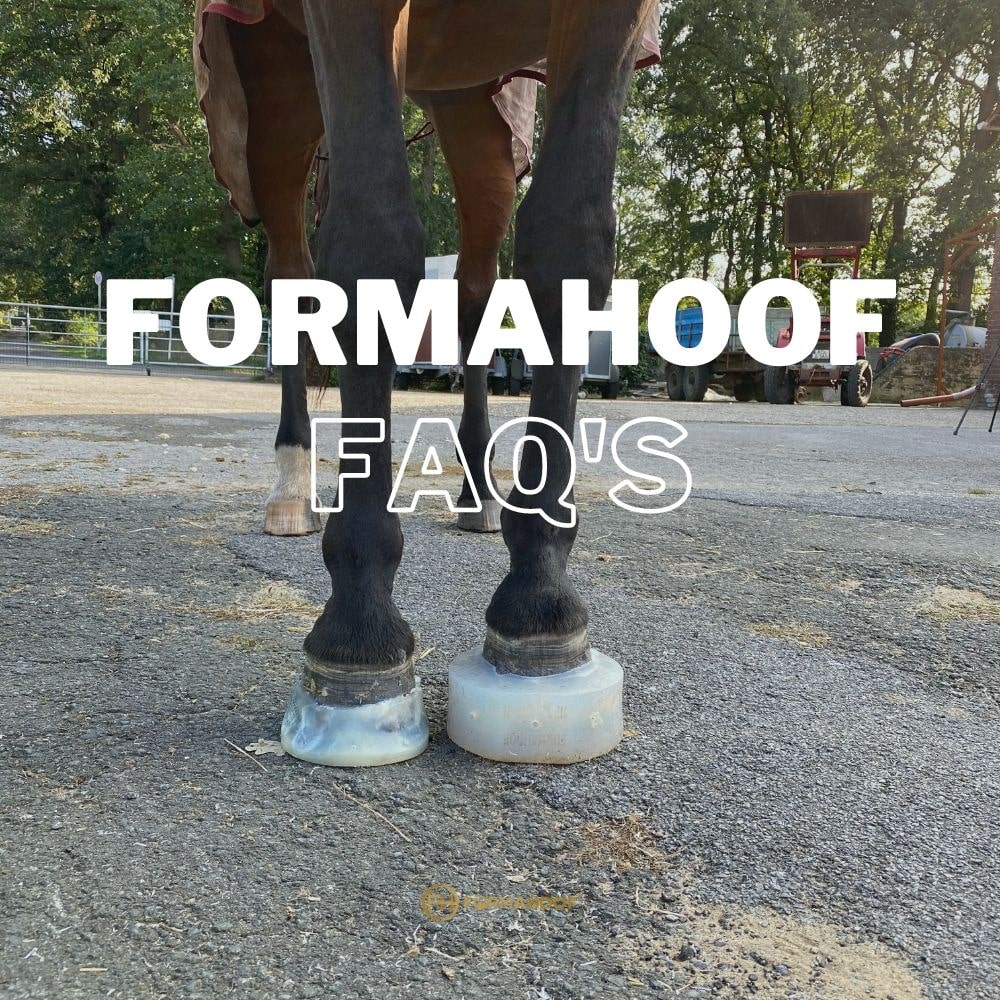In the timeless dance of equine care, tradition and innovation frequently find themselves in a delicate waltz. Our horses, magnificent creatures of strength and grace, depend on us to meld the tried-and-true with the breakthroughs of modern technology. And in the realm of hoof care – where tradition holds a steadfast reign – FormaHoof emerges as a trailblazer, gently challenging conventional approaches.
Embracing the Unconventional: FormaHoof’s Entrance
Barely a year since its introduction to the equine world, FormaHoof has been greeted with enthusiasm and critical acclaim from early adopters and equine professionals alike. Its Liquid Filled Moulding (LFM) technology, developed from the roots of equine biomechanics and veterinary science, strives to resolve many of the common challenges faced with traditional and alternative hoof care methods.
But to truly understand FormaHoof’s position in the market, it’s imperative to explore the lens through which we view hoof care options.
Beyond Comparison: FormaHoof’s Unique Stand
Comparing FormaHoof to conventional methods like horseshoes or hoof boots is akin to comparing apples to oranges. Its uniqueness stems from its comprehensive approach to hoof care – addressing pain relief, hoof rehabilitation, and consistent application in one fell swoop, all while circumventing the use of pharmaceuticals.
But perhaps the real magic lies in FormaHoof’s devotion to being a temporary solution. For most horses it isn’t a permanent shoeing solution. Once a hoof is successfully mended or grown, a return to a natural, barefoot state is the envisaged journey, allowing horses to thrive as nature intended.
Hero in the Face of Hoof Damage
Enter a world where a horse is grappling with hoof ailments like Laminitis or White Line Disease. Traditional farriery demands an extraordinary skill level to successfully guide a horse through rehabilitation using conventional treatment processes. Yet, the result isn’t always predictable, owing to the variable human skill factor.
FormaHoof’s liquid-fit process diminishes this variability, ensuring each application, from one horse to another, adheres to consistent, repeatable standards – regardless of the hoof’s damage level.
Benefits of FormaHoof
The benefits of FormaHoof are summed up in the diagram below. By offering an effective solution to rehabilitate a wide range of hoof problems, combined with ease of application, a reduction in treatment costs, and the ability for most horses to remain in work through the rehabilitation process (or at the very least considerably reduce lay-off time), FormaHoof offers the best option in hoof care, giving your horse the care it deserves.

An All-Encompassing Support: FormaHoof vs. Alternatives
Despite the merits of traditional shoes or hoof boots, they tend to falter in providing three-dimensional support to the entire hoof structure in the way FormaHoof effortlessly does. Its capability to distribute a horse’s weight evenly across the hoof reduces the pressure exerted on specific areas, offering a nuanced approach that alternative methods often lack.
The journey with hoof boots or etc, while viable in certain situations, often stumbles when it comes to providing comprehensive support and enabling regular riding and training. FormaHoof, meanwhile, actively encourages healthy musculature development akin to how custom insoles might benefit a human athlete – FormaHoof is something that you genuinely can’t find elsewhere in the market.
Riding Into the Future with FormaHoof
When it’s time to saddle up and explore the trails, the “rideability” offered by FormaHoof becomes starkly apparent. Unlike hoof boots, which struggle in wet or sandy environments, or glue-on shoes, which jeopardize the new hoof growth underneath, FormaHoof’s non-invasive and mild adhesion methodology eliminates such challenges, safeguarding both the hoof and the horse’s overall comfort during rides.
Ready to Gallop Forward with Advanced Hoof Care?
Your Horse Deserves the Best – and So Do You!
When it comes to our beloved equine companions, we all want what’s best for them – and that includes pioneering hoof care that not only rehabilitates but enhances their quality of life.
FormaHoof provides a groundbreaking approach, which has garnered a whirlwind of positive feedback and uplifting success stories from across the globe. Isn’t it time you explore how this transformative technology can benefit your horse?
🚀 Step into the Future of Equine Hoof Care with FormaHoof
Embark on a journey that promises reduced treatment cycles, economical hoof care solutions, and a notably swift and efficient recovery path for horses dealing with hoof ailments. With FormaHoof, you are not just choosing an alternative; you are opting for a technologically advanced, scientifically backed, and horse-approved method of hoof care and rehabilitation.
💡 Why Wait to Innovate? Explore FormaHoof Now
Speak to an Expert: Engage in a one-to-one interactive session with a certified FormaHoof applicator to discuss personalized treatment options for your horse.
Read Real Stories: Dive into the experiences of FormaHoofers and discover the palpable difference it’s made in the lives of horses and their owners.
Witness the Transformation: View our case studies and witness the profound impact FormaHoof has had on rehabilitating horses with a variety of hoof ailments and challenges.
👉 Take Action Now for Happy Hooves Ahead! Get in touch.
💚 Give Your Horse the Gift of Comfort, Mobility, and Happiness with FormaHoof
Your decision today could pave the way for a future where hoof-related issues are no longer a barrier to your horse’s happiness and well-being.
FormaHoof invites you to a future where each step is pain-free, and every gallop is a stride into a healthier, more vibrant life.
